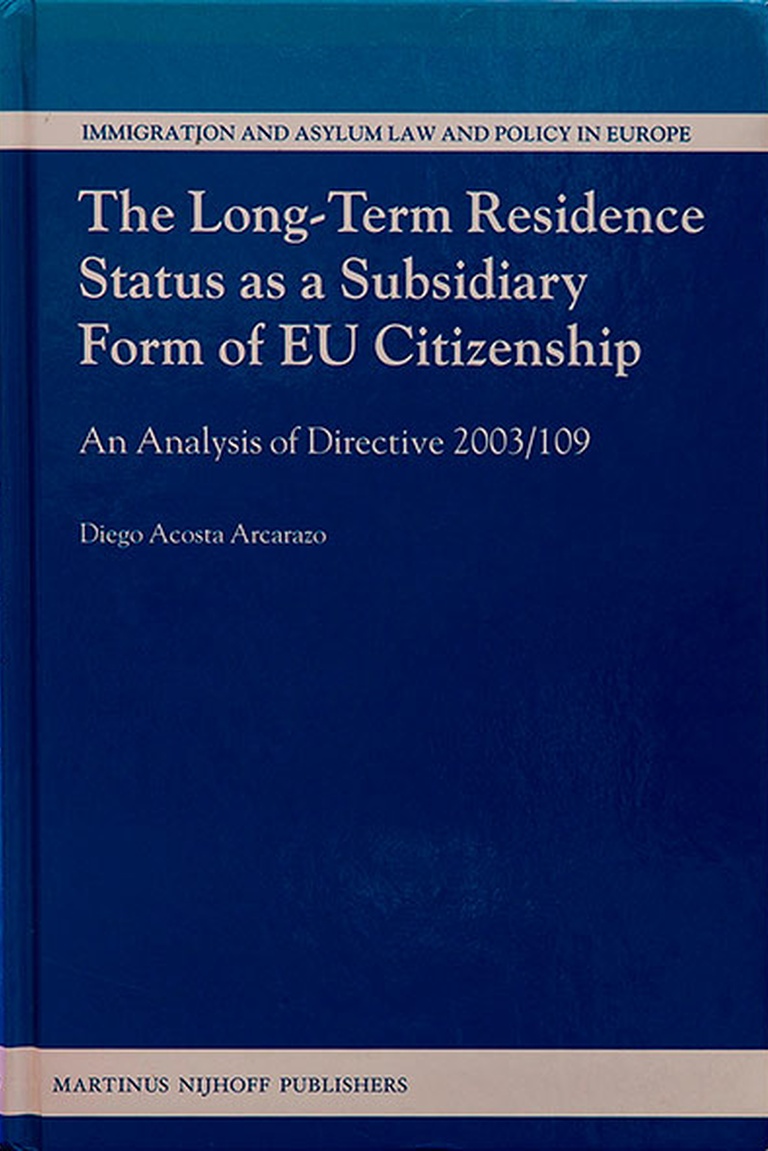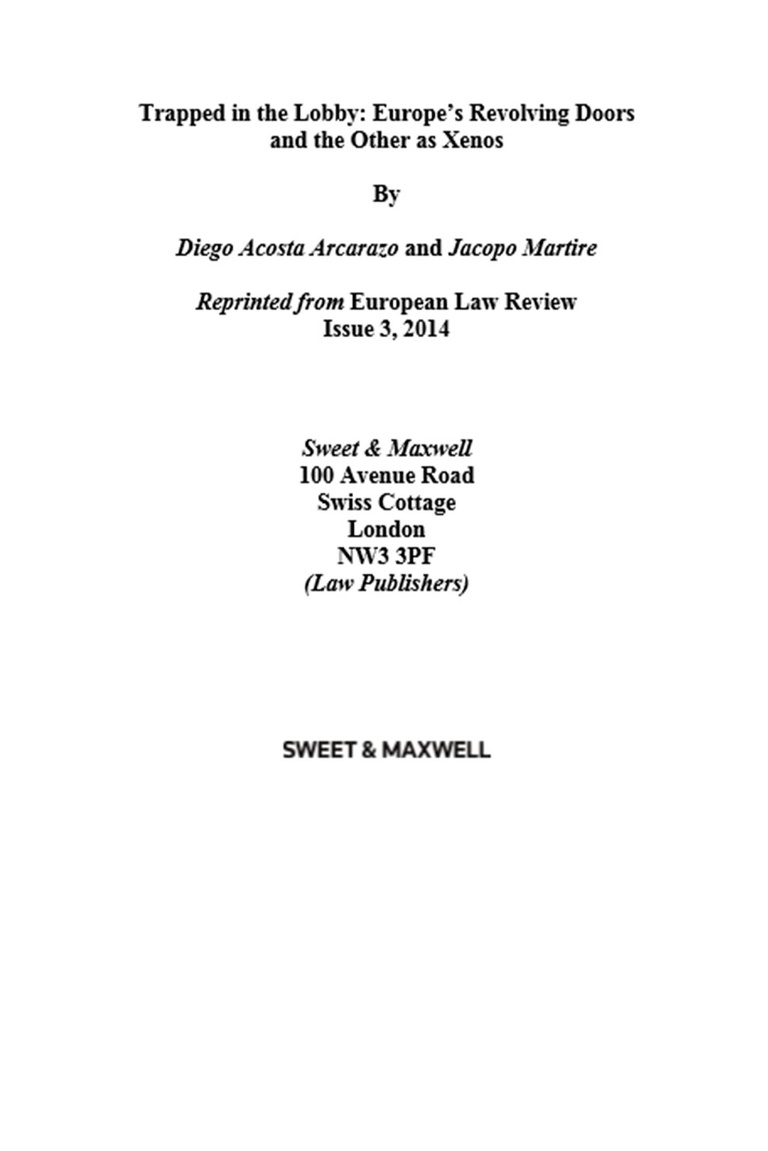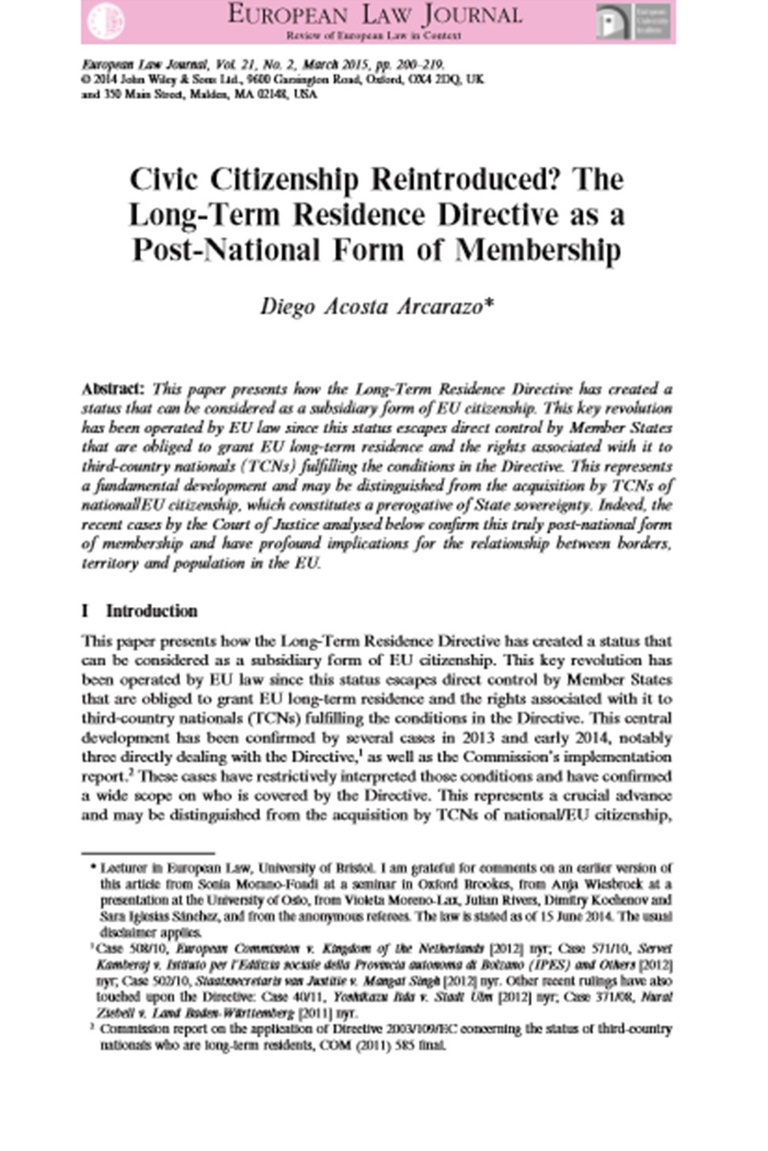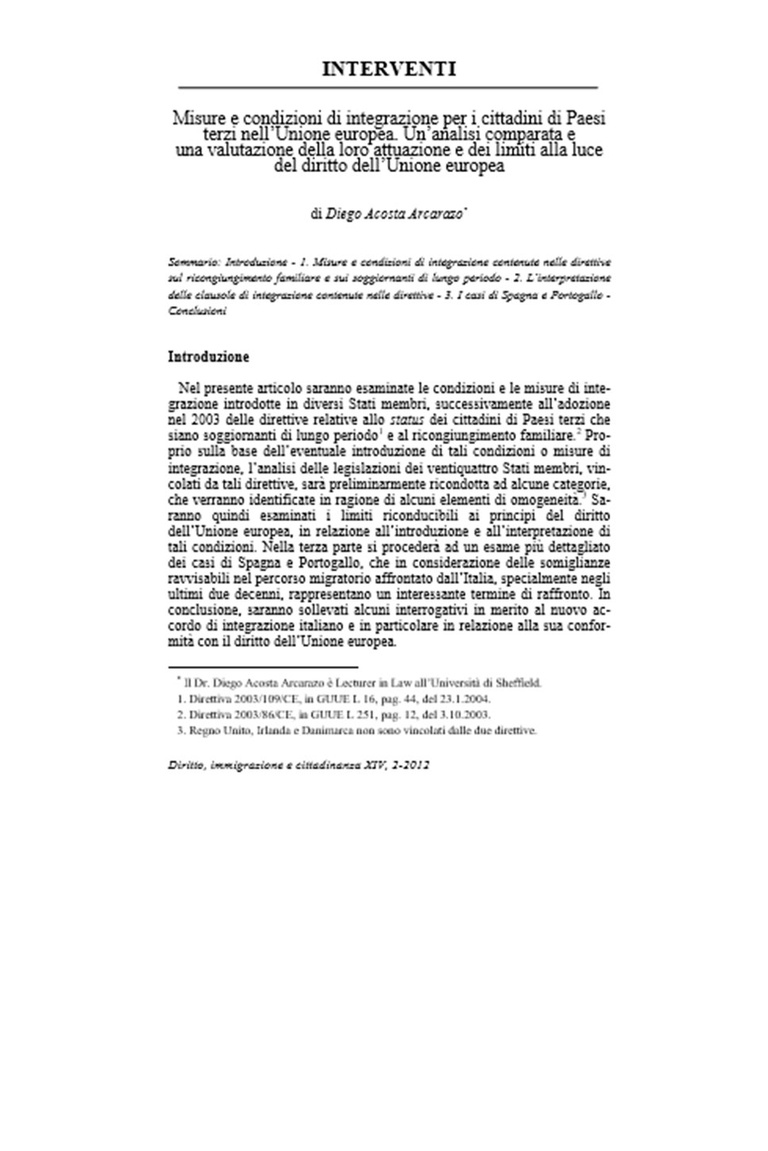While ‘waiting for Godot’ (the Court of Justice of the European Union) scholars have discussed at length the contours of integration requirements in European immigration Directives. This paper contributes to the discussion by looking at the possible European Law limits to integration conditions under Directive 2003/109. It begins by briefly summarising the academic debates around these conditions as well as the role of Member States, the Commission and National Courts in their interpretation. It continues by assessing the ways in which some Member States have implemented them, as well as the frequent legislative amendments in order to make them harsher. This opens all sorts of questions, not only legal ones. It is remarkable how, despite the rapid legislative amendments, some Member States claim a stability into which the third-country national would have to integrate. In the last Section, the paper turns to the analysis of the validity of certain integration conditions when confronted with general principles of Union law, such as respect for fundamental rights, proportionality, effectiveness or non-discrimination. I will conclude with some thoughts on what acceptable integration conditions might look like, ‘en attendant’ the final word by Godot.
Suggested citation: Diego Acosta, ‘”En Attendant Godot” or the EU Limits to Integration Conditions’ in Y. Pascouau and T. Strik (eds), Which Integration Policies for Migrants? Interaction between the EU and its Member States (Wolf Legal Publishers, Nijmegen, 2012) 153-170.




